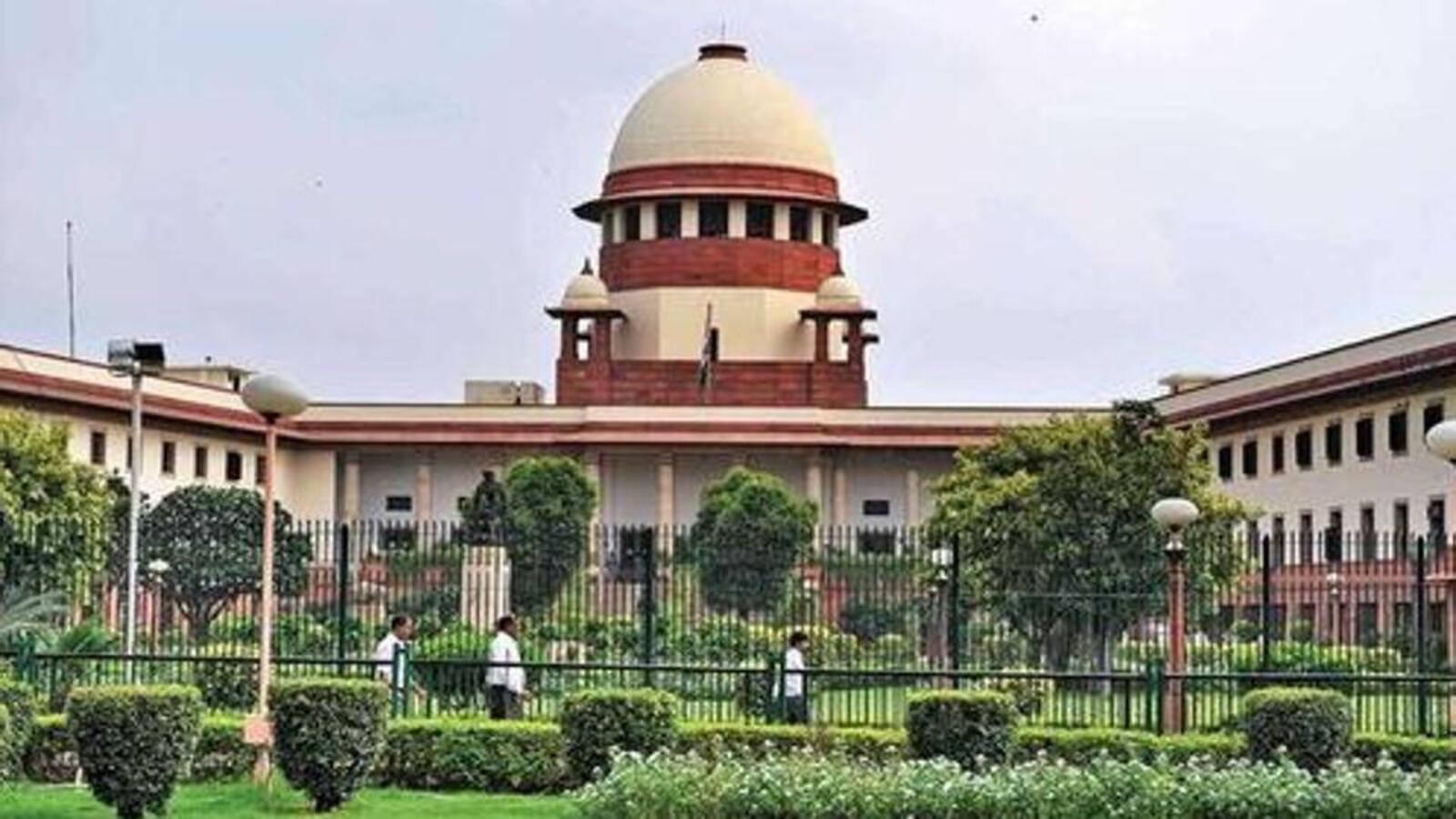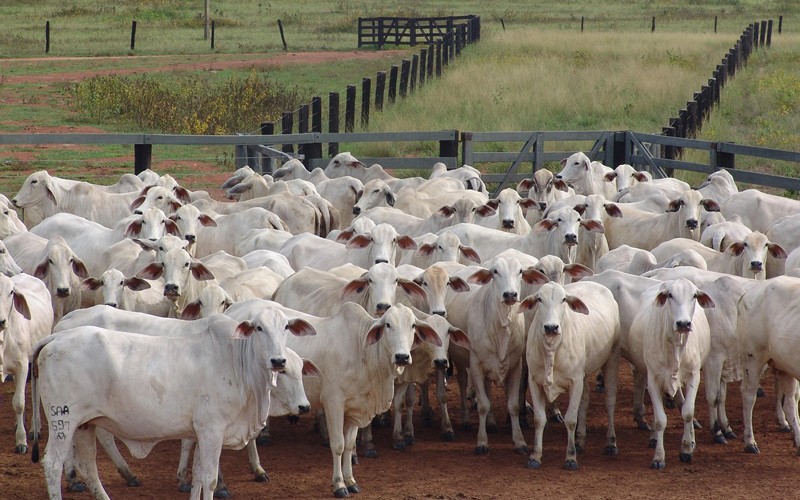- Courses
- GS Full Course 1 Year
- GS Full Course 2 Year
- GS Full Course 3 Year
- GS Full Course Till Selection
- CSAT
- 5 LAYERED ARJUNA Mentorship
- Public Administration Optional
- Online Program
- GS Recorded Course
- NCERT Batch
- Polity Module Course
- Geography Module Course
- Economy Module Course
- AMAC Module Course
- Modern India, Post Independence & World History Module Course
- Environment Module Course
- Governance Module Course
- Science & Tech. Module Course
- International Relations and Internal Security Module Course
- Disaster Management Module Course
- Ethics Module Course
- Essay Module Course
- Current Affairs Module Course
- ABOUT US
- OUR TOPPERS
- TEST SERIES
- FREE STUDY MATERIAL
- VIDEOS
- CONTACT US
SC Judges to Declare Assets: 2025 Resolution Explained
SC Judges to Declare Assets: 2025 Resolution Explained
09-04-2025

Introduction
- On April 1, 2025, the Supreme Court decided that all judges, including the Chief Justice of India, would publicly disclose their personal assets — a move seen as a step towards greater transparency.
- The decision follows the controversy involving the recovery of cash from the residence of Justice Yashwant Varma, which revived concerns about judicial accountability.
- While rooted in the long-standing 1997 Restatement of Judicial Values, this development marks a formal shift in how the judiciary engages with public expectations of integrity.
What Did the Supreme Court Decide in April 2025?
- On April 1, 2025, all Supreme Court judges, including the Chief Justice of India, held a full court meeting and agreed to publicly declare their assets.
- These declarations will be published on the official Supreme Court website, making them publicly accessible for the first time through a formal, collective process.
- The decision is voluntary, not mandated by law, but all judges have collectively agreed to make their declarations public.
- Previously, judges were only required to submit asset details confidentially to the Chief Justice of India, with no obligation for public disclosure.
- Although some judges began disclosing assets voluntarily from 2009 onward, the practice was inconsistent and lacked regular updates.
- The new decision marks a shift from individual discretion to institutional consensus, signalling the judiciary’s intent to enhance transparency.
- The move also builds on the ethical framework set by the 1997 Restatement of Judicial Values, which first recommended asset disclosures to the CJI.
- Several procedural aspects remain unclear — such as whether annual updates will be mandatory or whether there will be a verification mechanism for declarations.
- The resolution is expected to apply not only to current judges but also to those appointed in the future, making public disclosure a standard expectation in the higher judiciary.
- It is also uncertain whether High Court judges will adopt a similar practice, as the decision currently pertains only to Supreme Court judges.
The 1997 Judicial Ethics Code
- In 1997, the Supreme Court adopted the Restatement of Values of Judicial Life through a full court resolution, laying down ethical principles to guide judges’ conduct.
- Though not legally binding, the code remains a foundational reference for internal judicial accountability and disciplinary mechanisms.
- It includes a non-exhaustive list of 16 values, aimed at ensuring that judges maintain integrity, impartiality, and public confidence in the judiciary.
- The resolution also laid the ethical basis for practices like the confidential declaration of assets to the Chief Justice of India.
- These values continue to shape how the judiciary self-regulates internal conduct, especially in the absence of external oversight mechanisms like impeachment.
- The following are the 16 values outlined in the 1997 code
Restatement of Values of Judicial Life (1997)
-
- Judges must not engage in trade or business, either directly or indirectly, except for legal publication or personal hobbies.
- Judges must not speculate in shares, stocks, or similar financial instruments.
- Judges must declare all assets and investments to the Chief Justice of the Court upon assuming office (originally confidential).
- Judges must not accept gifts or hospitality from any person other than close family or personal friends.
- Judges must maintain a high degree of aloofness and should not engage socially with litigants, lawyers, or parties in cases before them.
- Judges must not hear and decide cases involving close family or friends.
- If a judge’s family member is a practicing lawyer, they must not appear in the same court or use the judge’s residence for professional work.
- Judges must not express views on political matters that may come up for judicial determination.
- Judges must not give interviews to media or make public comments; they must “let their judgments speak for themselves.”
- Judges must not accept positions in clubs, societies, or associations, especially those with political or commercial affiliations.
- Judges must avoid actions that erode public faith in the judiciary — “Justice must not only be done but must be seen to be done.”
- Judges must not hear matters related to companies in which they have a financial interest, unless the interest is disclosed and no objection is raised.
- Judges should not seek or receive financial benefit connected with their office unless clearly entitled by law.
- Judges must maintain independence from members of the Bar, avoiding undue closeness or familiarity.
- Judges must behave in a manner befitting the dignity of their office, in both public and private life.
- Judges must remain conscious of being under public gaze and avoid any act that could be seen as “unbecoming” of their position.
In-House Mechanism for Judicial Accountability (1999)
- While impeachment is the only constitutional route for removing a judge, not all instances of misconduct meet that threshold.
- Recognizing this gap, the Supreme Court developed an in-house inquiry mechanism in 1999, grounded in the values outlined in the 1997 Restatement of Judicial Life.
- The procedure was designed to address cases of ethical lapses, impropriety, or misconduct that do not amount to "proved misbehaviour" under Article 124(4) of the Constitution.
- The need for such a mechanism was highlighted in the 1995 case of C. Ravichandran Iyer vs Justice A.M. Bhattacharjee, where the SC observed a “yawning gap between proved misbehaviour and bad conduct inconsistent with the high office.”
- Following this, a five-judge committee was constituted to draft a formal in-house procedure, which was adopted by the full court in October 1999.
- The in-house procedure is non-statutory and confidential, with no legal force, but remains the judiciary’s internal system for addressing complaints and recommending appropriate remedial action.
- In 2014, a complaint of sexual harassment against a sitting High Court judge led to a review and restructuring of the procedure by Justices J.S. Khehar and Arun Mishra, improving clarity and complaint-handling processes.
- In both 1995 and 2014 cases, outcomes were not made public, but both inquiries played a pivotal role in shaping and strengthening the judiciary’s internal accountability framework.
- Most recently, in 2025, the in-house mechanism was invoked in connection with Justice Yashwant Varma, following the discovery of large sums of cash at his residence. The Chief Justice of India initiated an internal inquiry under this mechanism.
- Together with the 1997 values, the in-house procedure provides the judiciary with a self-regulatory framework, independent of external political pressure or constitutional removal processes.
Evolution of Asset Disclosure in the Indian Judiciary
- In 1997, the Supreme Court adopted the Restatement of Judicial Values, requiring judges to declare their assets confidentially to the Chief Justice of their court, with no obligation for public disclosure.
- In 2009, amid growing public demands for transparency, the Supreme Court agreed that judges could voluntarily publish their asset declarations online.
- Although a dedicated section of the Supreme Court website was created for this purpose, the practice remained inconsistent, and not all judges regularly submitted or updated their disclosures.
- In 2018, the Supreme Court clarified that judges’ asset declarations do not fall under the exemption clause of the Right to Information Act.
- Specifically, the Court held that such disclosures are not “personal information” under Section 8(1)(j) of the RTI Act, thereby reinforcing the public’s right to access them.
- Despite this ruling, public disclosure of judicial assets remained voluntary and uneven, with no institutional mandate.
- The 2025 decision marks a turning point, as all Supreme Court judges have now collectively agreed to publicly declare their assets and publish them on the Court’s official website.
- This is the first time the judiciary has adopted a collective and formal mechanism to make financial disclosures publicly accessible.
- However, some procedural questions remain unresolved, including:
- Whether judges will be required to update declarations annually
- What format and verification mechanism will be adopted
- Whether High Court judges will follow a similar practice
Impact of the Supreme Court’s 2025 Resolution
- The decision to publicly declare assets comes at a time when the judiciary faces increasing demands for transparency, especially following recent controversies involving financial impropriety.
- It reflects a strong institutional response aimed at reinforcing public trust and maintaining the credibility of the Supreme Court as a constitutional authority.
- The move brings the judiciary in line with civil servants, politicians, and electoral candidates, who are already required to disclose their assets under various statutory provisions.
- By voluntarily adopting public disclosure, judges demonstrate the judiciary’s capacity for self-regulation, without requiring legislative or executive intervention.
- Some concerns have been raised that public scrutiny of judges’ personal finances could affect judicial independence or invite external pressure.
- However, many argue that institutional transparency strengthens judicial legitimacy, provided that such measures are implemented with clear internal guidelines and due safeguards.
- The decision may also encourage discussions on broader judicial reforms, including:
- Greater transparency in collegium appointments
- Development of performance audit mechanisms
- Extending similar disclosure norms to High Court judges
- Overall, the 2025 resolution sets a normative benchmark for accountability, showing that transparency and independence can co-exist within the constitutional framework of the judiciary.
Conclusion
- The Supreme Court’s 2025 decision to publicly declare judges’ assets marks a historic moment in the pursuit of judicial transparency.
- Grounded in long-standing ethical values, this collective move reinforces the credibility of the institution without compromising its independence.
- As public expectations evolve, such steps signal the judiciary’s readiness to lead by example in upholding accountability.




